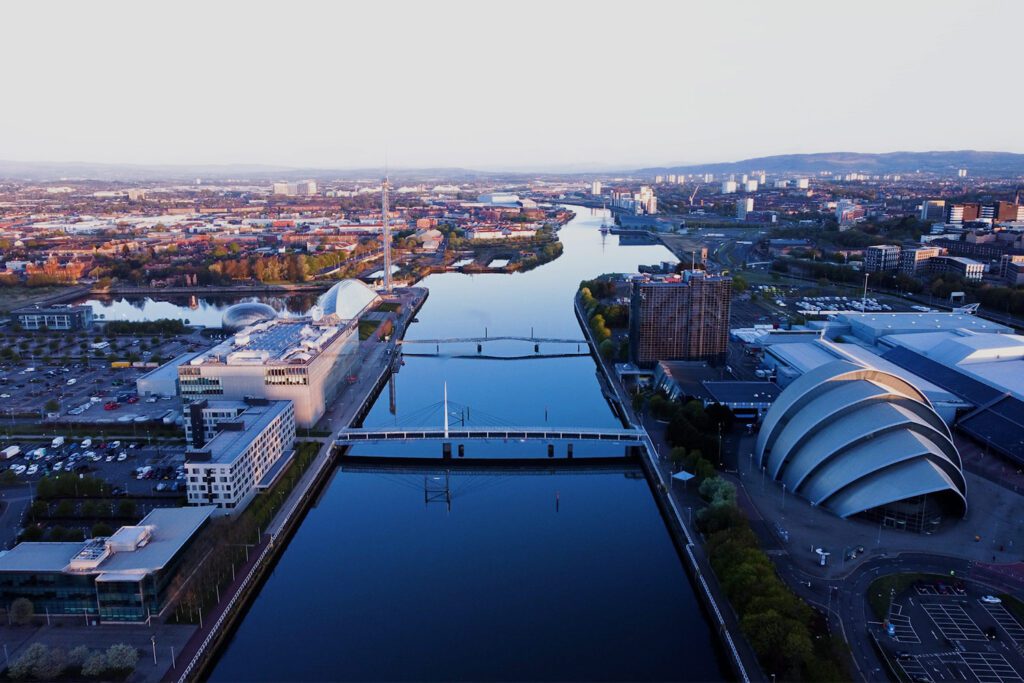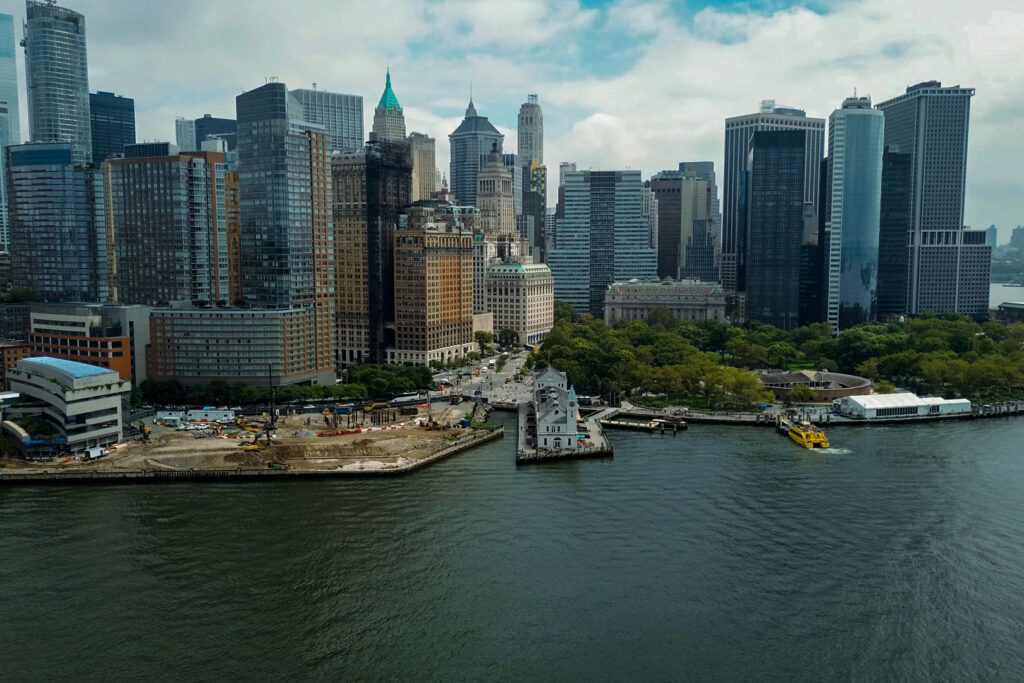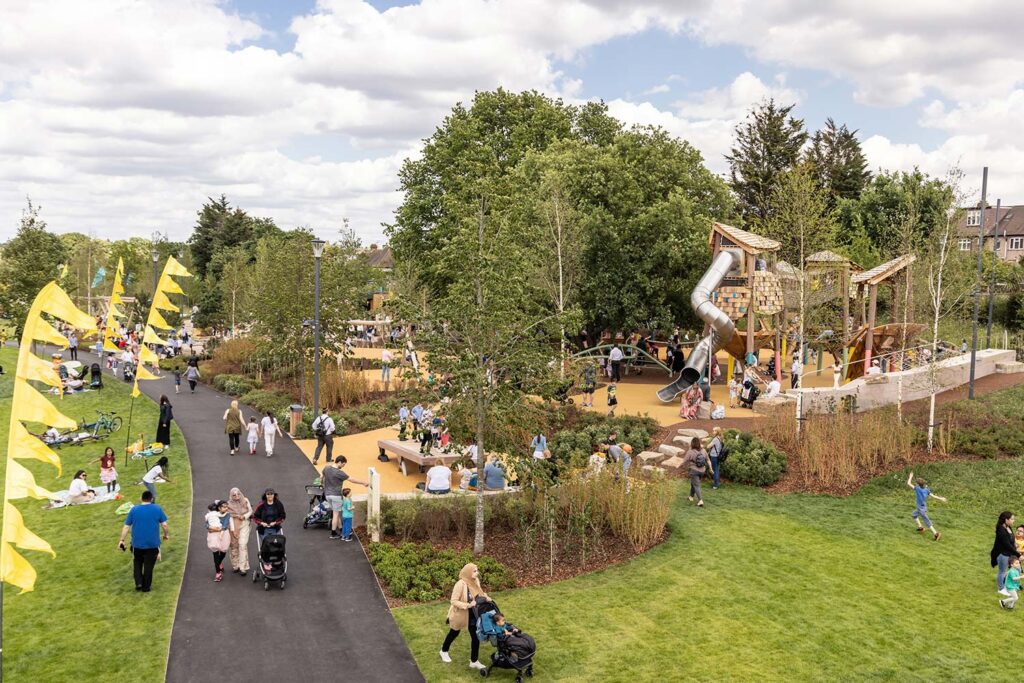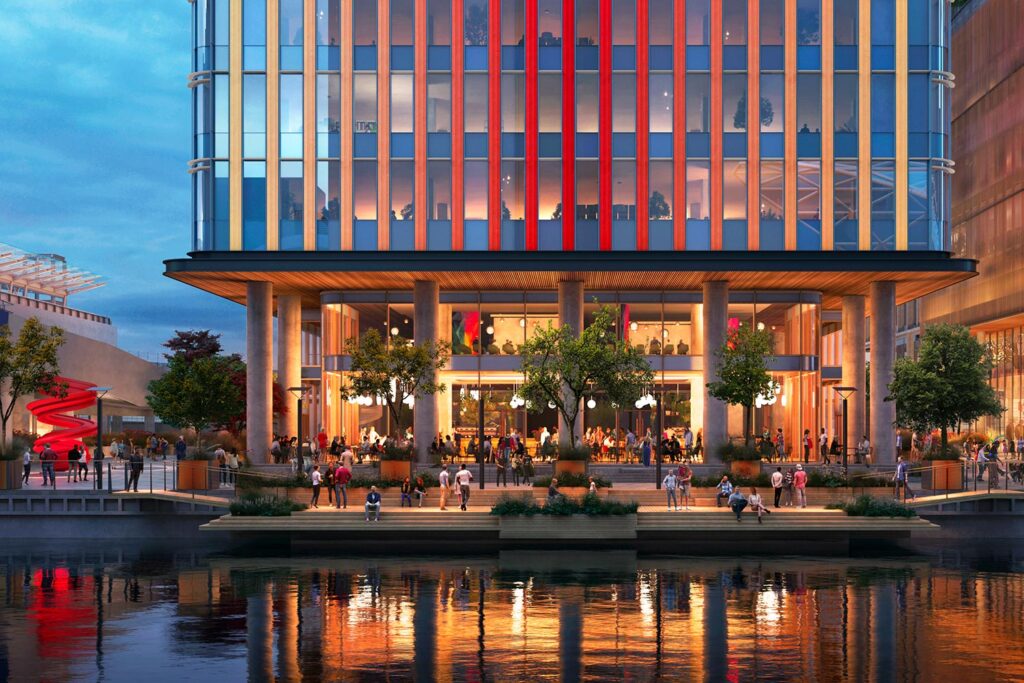
Vasilyevsky Island
St Petersburg, Russia
Project details
Client
PSA Perspektiva
Architect
Gensler
Collaborator
2009-2010
Services provided by Buro Happold
Civil engineering, Climate adaptation and resilience, Geotechnical Engineering, Ground engineering, Infrastructure, , Transport and mobility
Vasilievsky Island – the largest of St. Petersburg’s islands – was envisaged by Peter the Great as being the centre of his new capital, and today the island is home to many of the city’s most significant institutions – St. Petersburg State University, the Stock Exchange, the LenEXPO exhibition centre, and more recently the Passenger Sea Port on the island’s eastern end.
The new cruise terminal, which opened in 2011, was the jewel in the crown of the Vasilyevskiy Island masterplan.
Challenge
Realising its need to grow, while preserving its historic core, St. Petersburg sought to reclaim prime waterfront at the western end of Vasilievsky Island. Buro Happold was engaged to provide consultancy on the formation of the masterplan, working closely with architect Gensler for the scheme, which would seek to reclaim 480 hectares of land to create new residential, commercial and financial districts as well as parkland and beaches.
As part of the proposed transport scheme, two new motorway bridges would connect the island on the north and south sides, via the Western High Speed Diameter while facilitating extensions to the existing metro, bus and light rail systems.
The masterplan sought to not only offer a new financial centre for the city, but also to make the Island a comfortable place to work and live year-round. The project focused on the reclamation of land from the Neva Bay which laps the edge of the Vasilyevskiy Island coast. At the centre of the scheme was the provision for a new cruise terminal that would allow up to seven large ships to dock at any time, improving the tourist potential of the city of St Petersburg.

It was important to the client that the new masterplan did not strictly follow the SNIP Guidelines and created an environment that learnt from other successful global financial districts.
This new terminal would be supported by extensive development of the surrounding area, which would take place over three phases. The all-important construction of the marina would be first, with construction taking place between 2010 and 2016, followed by the development of residential and commercial areas from 2011 to 2017, and finally completion of the financial district between 2013 and 2019.
Solution
Buro Happold was engaged to assess the feasibility of this sizeable reclamation project. Our civil engineering teams carried out volumetric analysis to inform the strategy for land infill, and also undertook extensive analysis of earthquake risk to ensure the extension to the island could withstand this natural threat.
We also modelled resiliency against coastal flooding and studied the potential risks of ice floes.

Another important consideration in developing the masterplan for this project was integrating the new district with the rest of St Petersburg through the provision of adequate and efficient transport links. Our specialist team informed the strategy that connects the island to the new Western High-Speed Diameter motorway using two bridges. The iconic design of these impressive structures belies their functional purpose of uniting island with mainland.
We also incorporated a new 20m-deep metro line and station into the masterplan, as well as extensions of the existing bus and rail systems. To mitigate sub-zero temperatures, the masterplan included a below-grade circulation level that facilitates movement between buildings and provides Metro access.
Value
Overarching this entire project has been the need for meticulous planning in order to deliver the masterplan in strategic stages to ensure the full economic benefit of the new cruise terminal is achieved for St Petersburg. Our team, used to implementing developments of similar size and scope, were able to advise on the best design and construction methods to realise this goal.












